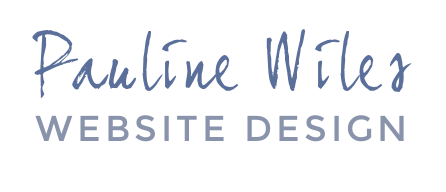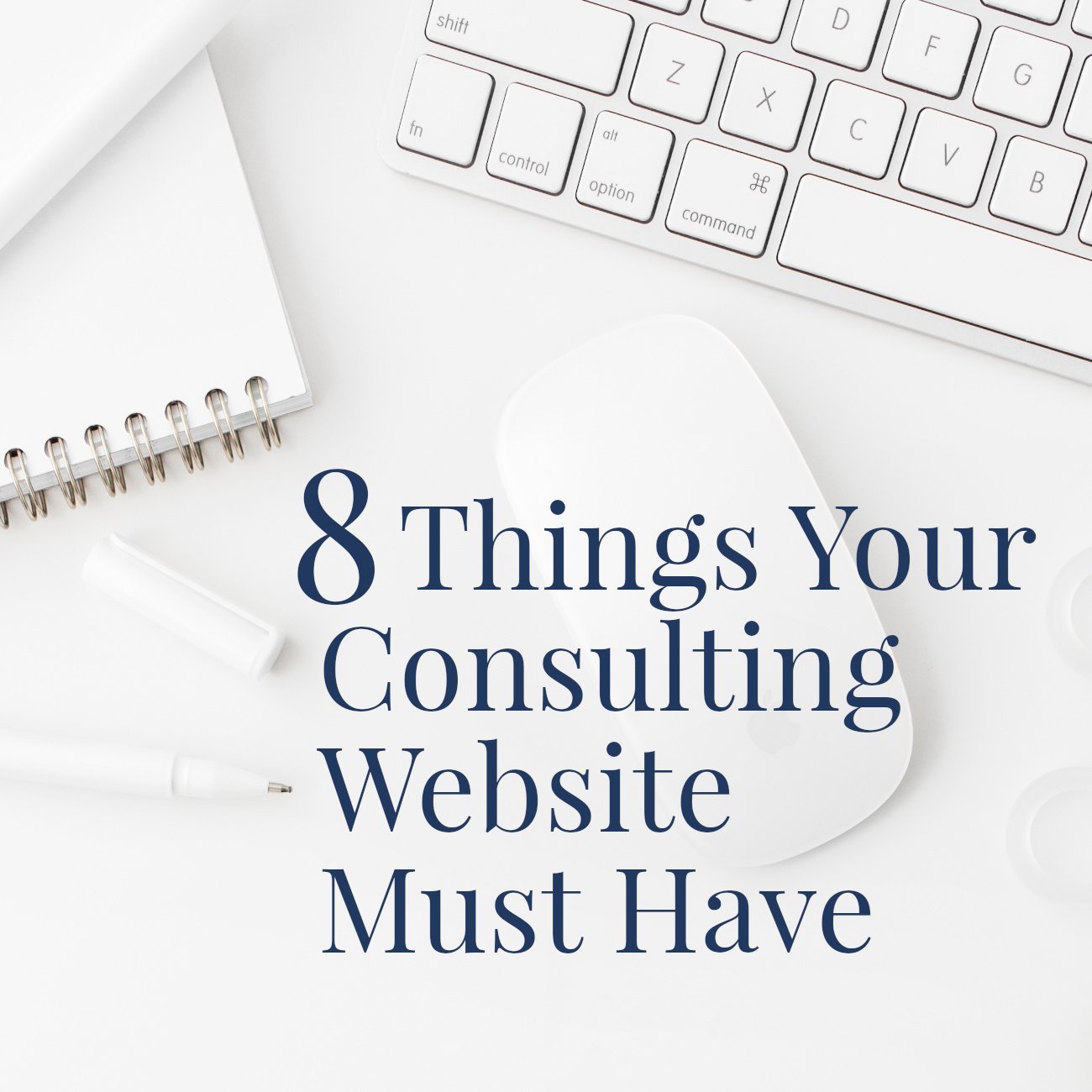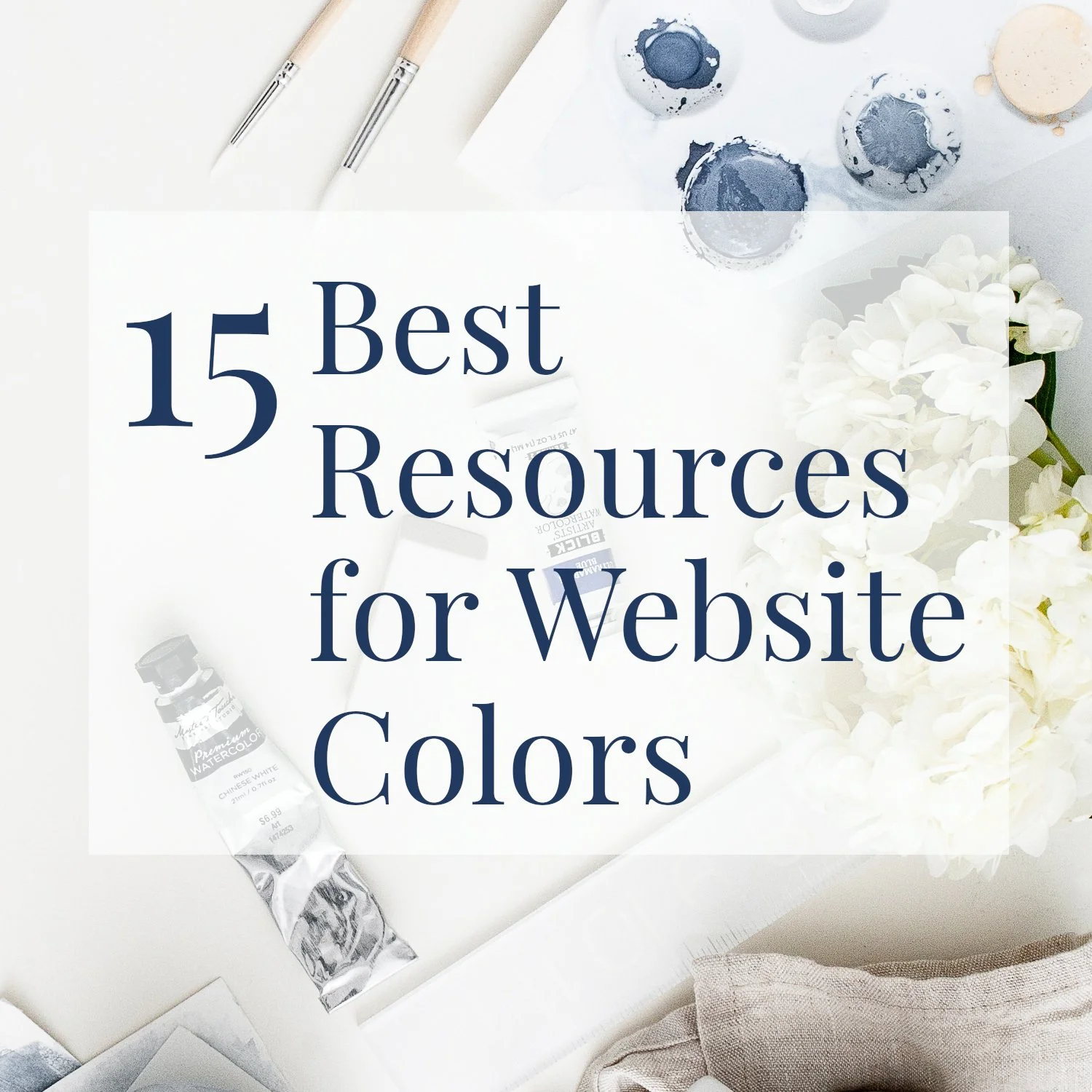8 Things Your Consulting Website Must Have
• This article contains affiliate links •
Regardless of whether your initial connection with a new prospect is through networking, LinkedIn, or another method, sooner or later a potential client will check out your website. Some consultants go so far as to say that nobody works with them, without looking at their site first.
This means your consulting website can be a massive help in getting new contracts signed.
Or, get it wrong, and it could literally be causing prospects to shake their head and move on.
What are the main goals of your consulting website?
At a high level, your website has the following aims:
Establish credibility
Build trust
Demonstrate how you think
Show your professionalism
Prompt your visitor to take action
Your website Home page will include a taste of all of these, and you should also keep these goals in mind for every other page of your website. To a greater or lesser extent, all of your pages can contribute at least something to each goal.
What to include on your consultant website
Here are the pieces you’ll need on your website. If you don’t have all of these elements ready, then it’s fine to develop your site in phases.
1. A concise description of your 3 key points:
As soon as a visitor lands on the Home page of your Consultant website, you want them to see three things:
Your niche, industry, or the kind of organization that you support
The type of outcome or improvement that you help them get
Your main method or technique you use
Think of this as the whom, the what, and the how.
For the top position on your website, keep this statement brief: it should work as headline, and it needs to be in a fairly large font so that it draws the visitor’s eye. (SEO note: this is a great contender for the “H1” heading on your Home page.)
For example, you might write this headline as:
[Results] for [niche] by [technique], or
I help [type of organization] achieve/get/improve [result] by [methodology or specialism]
I like the first version a little more, because there are far too many “I” statements on most small business websites. But see which you prefer, and if you do either of these, you’ll be off to a great start.
Not only does this send a beautifully clear message to your ideal clients that you’re right for them, but it also helps less than perfect prospects self-select out. This means you can spend more time talking to the right people.
2. Proof of results
Your goal here is to introduce your expertise and authority, and begin to communicate your value.
Many consultants include testimonials on their websites. Make them laser-focused, and, ideally, don’t stop there.
Client testimonials: These should be concise, state the problem, and include the outcome you achieved. Remember, you can use bold to emphasize salient points and any quantifiable results. If possible, use a photo of your client to help underline that they’re real!
Measurable (KPI) improvements, even if you don’t have a direct testimonial or permission to share the client’s name.
Case studies: Build these up over time, and remember it’s fine to start with a few mini case studies before expanding to in-depth pieces.
Client logos: Many consulting websites include the logos of prestigious client organizations. Just be careful you don’t infringe any trademarks here.
And don’t forget that short video clips, either for testimonials or in case studies, are extremely powerful in building trust and a connection with your audience.
3. Evidence of thought leadership
This content is all about building your authority. The idea here is to showcase enough of what you do, that potential clients want a conversation with you.
You have various options, including:
Articles hosted on your site. These could take the form of a blog, but this doesn’t have to be an ongoing commitment. Just pick three of your best pieces and showcase those.
If you blog infrequently, hide the dates.
Links to guest pieces that you’ve written for other websites and/or publications.
An in-depth white paper or report.
Webinars you’ve presented.
Videos from speaking appearances.
You might choose to offer some free educational resources, especially if they serve as good foundations for work you can then build on with your clients.
If you’ve published a book, be sure this is featured on your website. Don’t hide it on an isolated Book page, but refer to it on multiple pages, as clear evidence of your expertise.
I’d also suggest you link to your LinkedIn profile from your website, since both clients and peers may find that a convenient way to connect and keep in touch.
4. Modern design
If your website is dated or poorly designed, your visitors will have cause to doubt you. The Association for Computing Machinery found that 94% of people cited design as a reason they don’t trust certain websites.
There are two ways that I instantly know if a website is cared for and up to date:
Full-width design. This means your content is intentionally designed to take up the whole width of the page and there are no big blank borders running down the sides. These days, you shouldn’t have a sidebar on your main website pages, either.
Up to date, clear photos, that are good quality, well-sized, and placed properly on the page.
Even if your ideal clients can’t name these precise design features, they’ll sense that something is “off”.
After all, if you haven’t invested in a decent website, they’ll reason that your business might not be very successful. And by extension, they’ll question the impact and value of your work.
5. Clear call to action
Your website fails if it simply looks good. We want your visitor to take action, too. You need to get crystal clear on the next step you would ideally like them to take, and make sure that your design leads the visitor’s eye to this logical action.
For example, you might choose:
Contact you directly
Schedule an initial conversation (for example, through a calendar link)
Fill out an intake form (if you’d like to pre-qualify them)
Subscribe to your email list, including taking advantage of a free resource (lead magnet) in exchange for their email address
Possibly: buy your book, although I only recommend this as a primary call to action if you know for certain that your book generates qualified leads for you
6. Obvious way(s) to contact you
I’m listing this separately because even if your main call to action is something else, you definitely want to make it easy to get in touch with you.
Not everyone loves filling out a contact form, so if you use a form, keep it brief. And be sure to test it regularly; you’d be surprised how many forms I test that don’t work.
7. Your bio
Yes, you’ll include some background and credentials on your consulting website. Don’t make it too long, and don’t make it all about you. Keep coming back to the benefits and outcomes for your clients, for example by writing about:
What establishes you as an expert who gets results?
Why you do this work (your talents or experience that make you the ideal person to solve their problem)?
The satisfaction you get when you see the outcomes you’re bringing to your clients.
Increasingly these days, I recommend that your bio includes a few personal details to encourage a human connection. (Related: how to show your brand personality on your website.)
Don’t forget a call to action at the bottom of your About page. If someone has read that far, they’re likely ready for the next step.
8. A smooth visitor experience
We already covered the first impressions that the design of your website should make. In addition, for a visitor who spends longer, make sure your site passes these tests:
Mobile responsiveness. This means your information is clear, well laid out, and works properly, on smaller screens like phones and tablets.
No broken links. Not only is this frustrating for your visitor, but Google will penalize you for dead-end links. You, or someone you hire, should run a broken link checker regularly.
Legal details. Depending on your industry, this will include your privacy policy, copyright year, terms of business, and possibly a disclaimer. These details all show your professionalism, attention to detail, and that you know what you’re doing.
Show that you take your work seriously enough to invest resources into your marketing, and key tools like your website. You’re not running a fly-by-night outfit! This is another way that you convey trust and credibility.
Your website is one of your best lead nurturing tools
Your buyers are sophisticated, and require a high degree of trust that you can help them get the results they want.
You work hard to make connections, network, and start conversations with great prospects. While you’re doing all that, your website can work equally hard for you, day and night, by demonstrating what you stand for and nurturing those leads.
Put some time and investment into a strategically designed website, and it will pay you back many times over.
•
Would you like me to design and build your Consulting website?
As a professional specializing in Squarespace websites for consultants and authors, I’m an expert in planning and implementing a site that generates results for your business. If you’d like strategic expertise, top quality design, and all of the implementation taken care of, consider hiring me.
After careful preparation together, I’ll design, build and launch your site in usually just 2 weeks. Learn more, and then schedule our free and friendly chat.
Other resources for a strong consulting website
And you can also get your free Consulting Website Workbook here.









